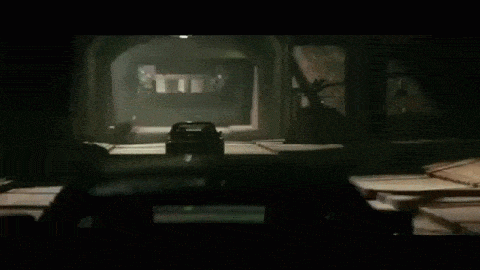50-100 dumb ways to die
 Which of these scenarios will exert more force on your vehicle?
Which of these scenarios will exert more force on your vehicle?
Scenario A : Crashing head-on at 50 mph with another identical car traveling at 50 mph.
Scenario B : Crashing into an unbreakable wall at 50 mph.
Image Credit: Fast and Furious Trailer .
No copyright infringement intended.
This section requires Javascript.
You are seeing this because something didn't load right. We suggest you, (a) try
refreshing the page, (b) enabling javascript if it is disabled on your browser and,
finally, (c)
loading the
non-javascript version of this page
. We're sorry about the hassle.
Contrary to popular belief, Scenario A is not equivalent to a collision at 1 0 0 mph; it normally would be equivalent to a collision at 5 0 mph. In fact, Scenario B is more damaging, because Scenario A will allow the car to penetrate into the other vehicle, which will slightly reduce the deceleration, while the wall is impenetrable.
For more information: See this .
(Next time you read an article stating that head-on collision is double the usual force, spit on that nonsense and remember Newton's Laws!)